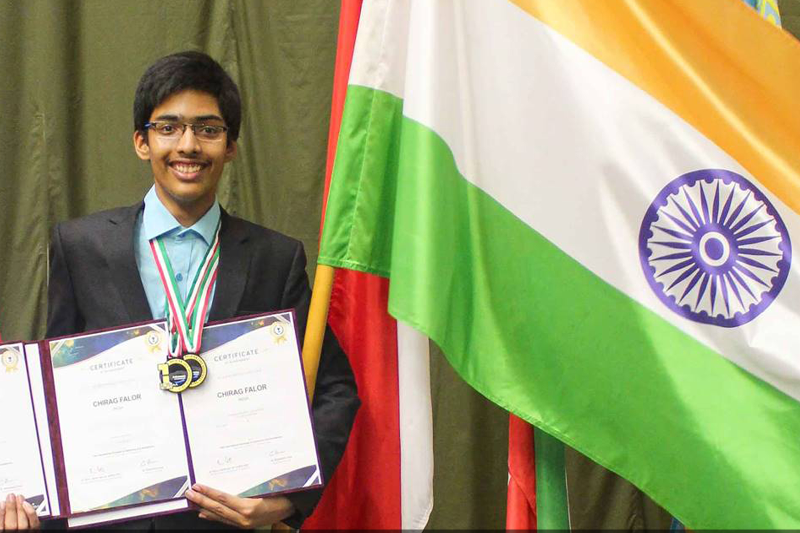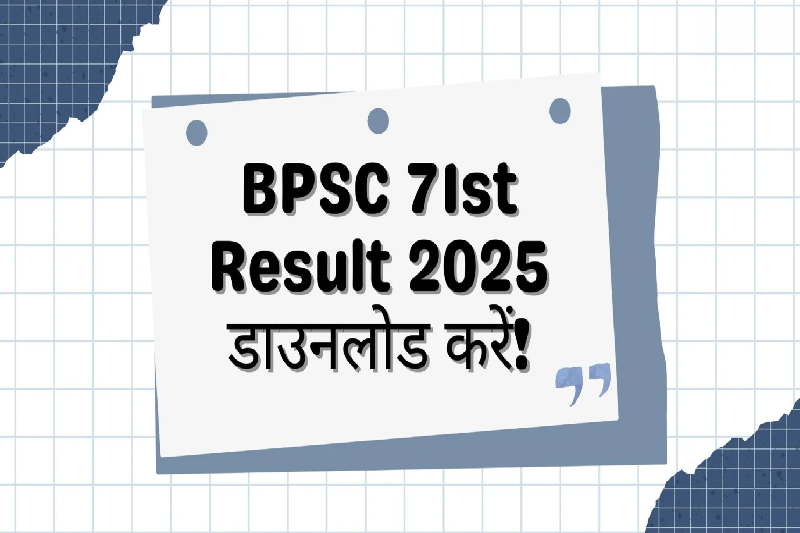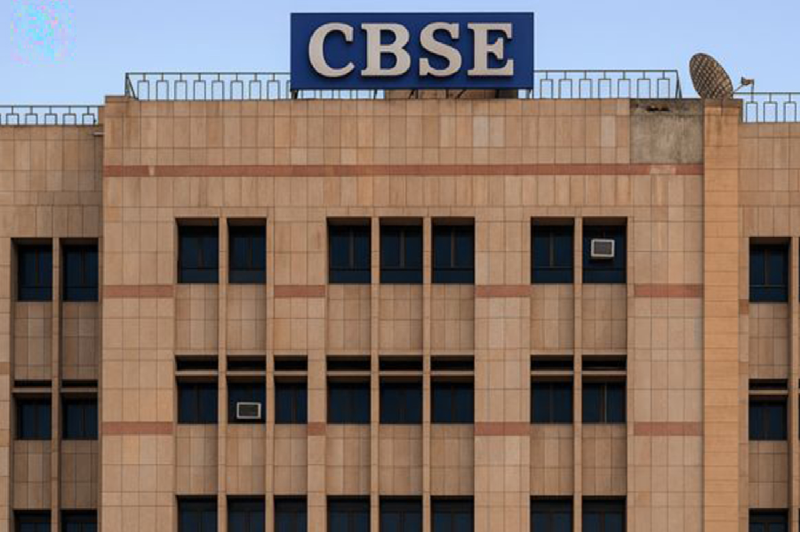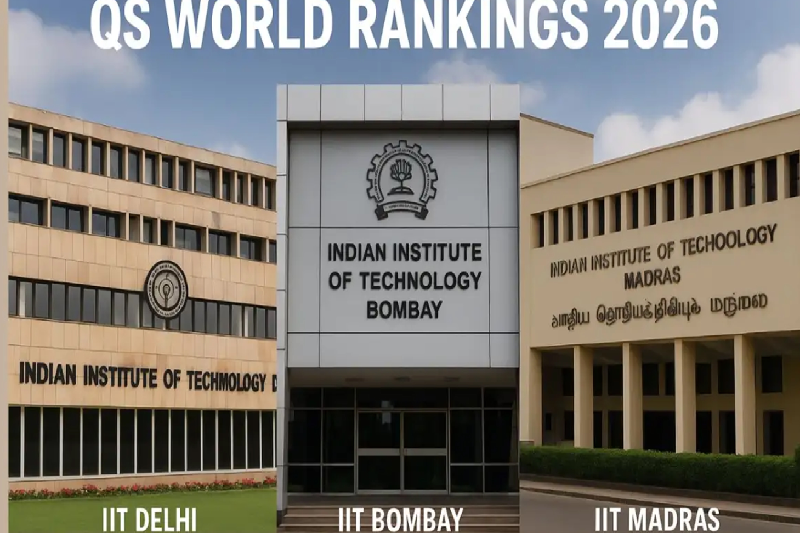
Why India’s Brightest JEE Rankers Are Choosing MIT Over IITs
Introduction
In a remarkable shift that is quietly gaining momentum, India’s top JEE Advanced rankers are increasingly opting to pursue higher education at the Massachusetts Institute of Technology (MIT) over the prestigious Indian Institutes of Technology (IITs). This trend, while subtle, signals a changing perception among the nation’s brightest minds about where they can best realize their academic and research aspirations.
From JEE Glory to Global Dreams
Devesh Bhaiya, who secured All India Rank 8 in the JEE Advanced 2025, has chosen to leave the IIT dream behind for a fully-funded seat at MIT. His decision echoes a growing sentiment among top performers: that global universities offer unmatched research opportunities and global exposure.
Devesh is far from the only one making this choice. Ved Lahoti, who topped the JEE Advanced in 2024 with a staggering score of 352 out of 360, has also decided to leave IIT Bombay for MIT. His reasons? While he expressed satisfaction with his IIT experience, he was clear that when it comes to research and international rankings, MIT is leagues ahead.
A Pattern Emerges
The trend isn’t new but is becoming more frequent. In 2020, Chirag Falor opted for MIT over IIT after topping JEE Advanced. Earlier, Chitraang Murdia joined IIT Bombay but later transferred to MIT and eventually completed his PhD from the University of California, Berkeley. Prof. Vijay Singh, a former professor at IIT Kanpur and Homi Bhabha Centre for Science Education, has been observing this pattern and sees it as a growing shift among India’s Olympiad and JEE stars.
"It seems like MIT trusts the rigour of JEE Advanced and the promise of our Olympiad stars," said Prof. Singh, highlighting how these achievements are highly regarded by global universities.
Devesh Bhaiya: A Star Beyond JEE
Jalgaon native Devesh Bhaiya's achievements extend well beyond his JEE rank. He has won three gold medals—two at the International Junior Science Olympiads (2021, 2022) and one at the International Chemistry Olympiad (2024). He was also awarded the Bal Shakti Puraskar in 2020. At just 12 years old, he published a research paper on light pollution, showcasing his early inclination toward scientific inquiry.
Though he had already secured admission to MIT in March, Devesh still appeared for the JEE Advanced as a backup. His choice reflects a broader understanding among top Indian students: while IITs offer quality education, global universities provide a far more robust research ecosystem.
Others Who Made the Leap
The list of JEE toppers choosing MIT continues to grow. Nishank Abhangi spent the 2019–2020 academic year at IIT Bombay before transferring to MIT. Similarly, Mahit Gadhewala, who secured AIR 9 in 2022, left IIT Bombay after a year to pursue education in the U.S.
The pioneer of this trend is believed to be Raghu Mahajan, who left IIT Delhi after a year for MIT, later completing his PhD from Stanford. He is now associated with the International Centre for Theoretical Sciences, Bengaluru. According to Prof. Singh, Mahajan remained committed to contributing to Indian academia, returning for a stint in India despite his international credentials.
Why MIT Wins Over IITs
Top rankers cite several reasons for choosing MIT over IITs:
- Superior Research Infrastructure: MIT’s advanced labs, interdisciplinary research opportunities, and access to global networks provide an unmatched platform for innovation.
- Global Recognition: MIT consistently ranks among the top universities worldwide, a key draw for students with global ambitions.
- Olympiad Advantage: Olympiad winners and high JEE scorers are often welcomed with open arms by U.S. universities, who recognize these achievements as indicators of exceptional talent.
- Fully Funded Scholarships: For many, the financial burden of studying abroad is significantly reduced or eliminated through merit-based scholarships, making the decision easier.
Commitment to Return
Interestingly, many of these students have no intention of settling abroad. Ved Lahoti, for instance, has stated clearly that he does not plan to stay in the United States long-term. The goal for many is to gain cutting-edge knowledge and return to contribute to India’s academic and scientific landscape.
Conclusion
While IITs remain a symbol of academic excellence in India, the growing inclination of top JEE rankers to opt for MIT underscores a desire for broader horizons. As international universities continue to recognize and reward the rigour of India’s competitive exams and Olympiad talent, this trend may well continue, shaping a new generation of Indian scientists and innovators with a global edge.



